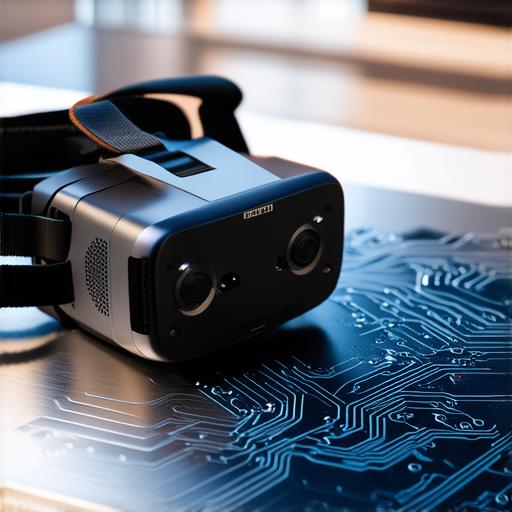What is the Cost of Metaverse VR: Understanding the Financial Implications of the Future of Virtual Reality
What is Metaverse VR?
Before we dive into the cost of metaverse VR, it’s essential to understand what the metaverse is. The metaverse is a virtual world that exists within a digital space, accessible through VR headsets. This immersive experience allows users to interact with each other and the environment in real-time, creating a unique and engaging experience.
The cost of metaverse VR: hardware and software
One of the significant factors affecting the cost of metaverse VR is the hardware and software required to access it. Metaverse VR typically requires a high-end PC or gaming console with a powerful graphics card, as well as a VR headset. While there are affordable options available for entry-level users, higher-end devices can be quite expensive.
In addition to hardware, metaverse VR also requires software, including operating systems, game engines, and other tools. These costs can vary depending on the level of customization required for a specific project or experience.
The cost of metaverse VR: content creation and licensing
Another factor that impacts the cost of metaverse VR is the creation and licensing of content. Creating immersive experiences within the metaverse requires specialized skills, including programming, design, and animation. The cost of hiring professionals or contractors to create these experiences can be quite expensive, particularly for smaller projects.
Additionally, content creators must also consider the licensing costs associated with any assets used in their projects. This includes music, art, and other forms of media that are essential to creating an engaging experience within the metaverse.
The cost of metaverse VR: maintenance and support
Maintaining and supporting a metaverse VR environment can also be quite expensive. This includes ongoing updates and patches for software and hardware components, as well as technical support for users. It’s important to consider these costs when developing and deploying metaverse VR experiences.
The cost of metaverse VR: energy consumption
One of the most significant challenges facing metaverse VR is energy consumption. The immersive nature of virtual environments requires a significant amount of computing power, which can lead to high energy costs. As such, it’s important for users and developers to consider the environmental impact of their metaverse VR experiences and take steps to reduce their carbon footprint.
Real-life examples of metaverse VR costs
To better understand the cost of metaverse VR, let’s look at some real-life examples:
- Oculus Quest 2: The latest entry-level VR headset from Oculus costs around $399, with additional hardware required for a full metaverse experience.
- Unity game engine: One of the most popular game engines used in metaverse development, Unity offers both free and paid versions, depending on the level of support and features required.
- Metaverse software development: Hiring a team of developers to create a custom metaverse experience can cost anywhere from $50,000 to $200,000 or more, depending on the scope and complexity of the project.
FAQs about the cost of metaverse VR
1. Is there a free version of metaverse VR?
While there are some free options available for metaverse VR, such as open-source software and low-end hardware, most immersive experiences require significant investment in both hardware and software.
2. How much does it cost to create a metaverse VR experience?
The cost of creating a metaverse VR experience can vary significantly depending on the scope and complexity of the project. Hiring a team of professionals to develop an experience can cost anywhere from $50,000 to $200,000 or more.
3. Is there a way to reduce the energy consumption of metaverse VR?
Yes, there are ways to reduce the energy consumption of metaverse VR, such as using more efficient hardware and software components, implementing energy-saving protocols, and reducing the overall size of virtual environments.

